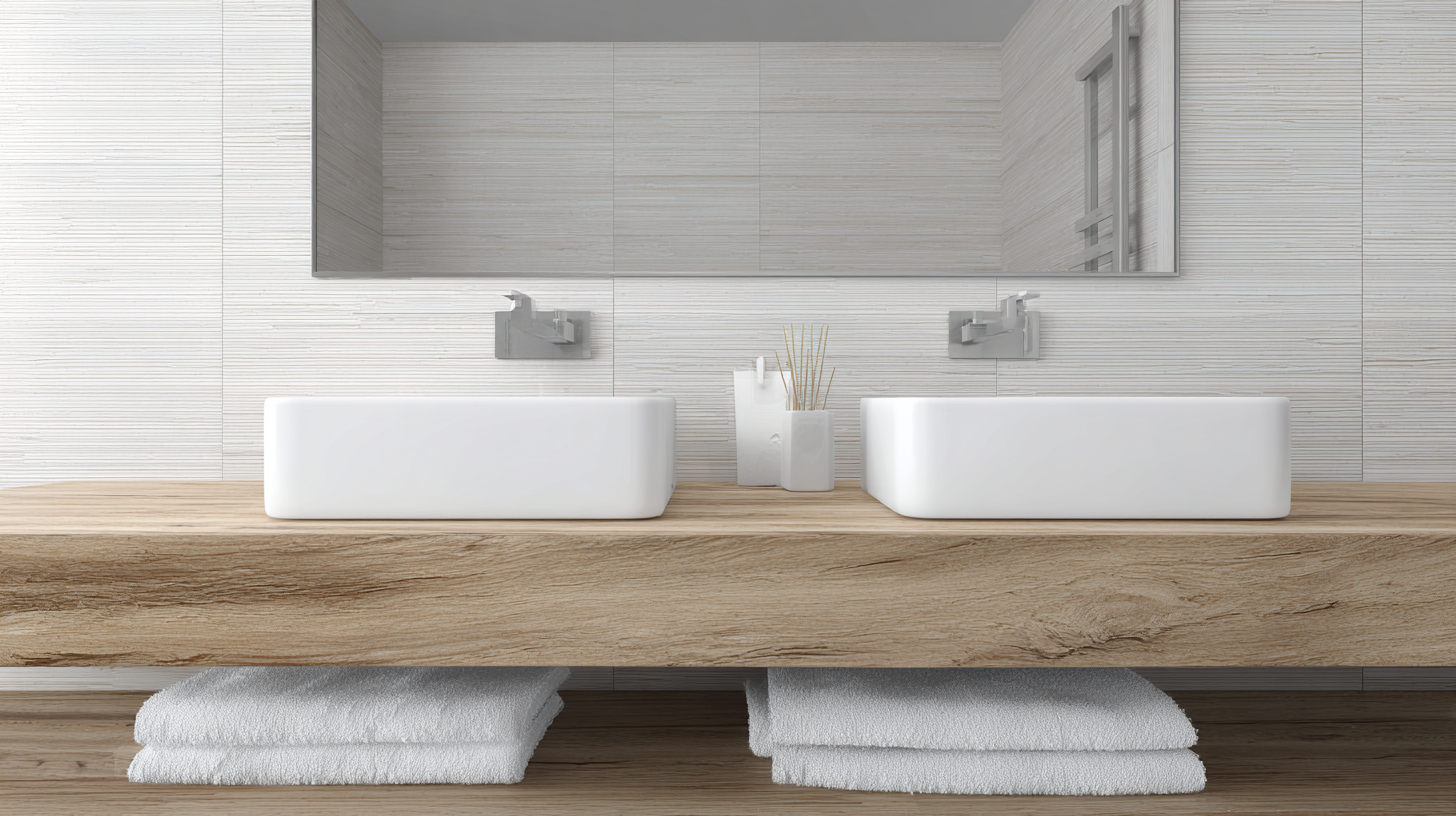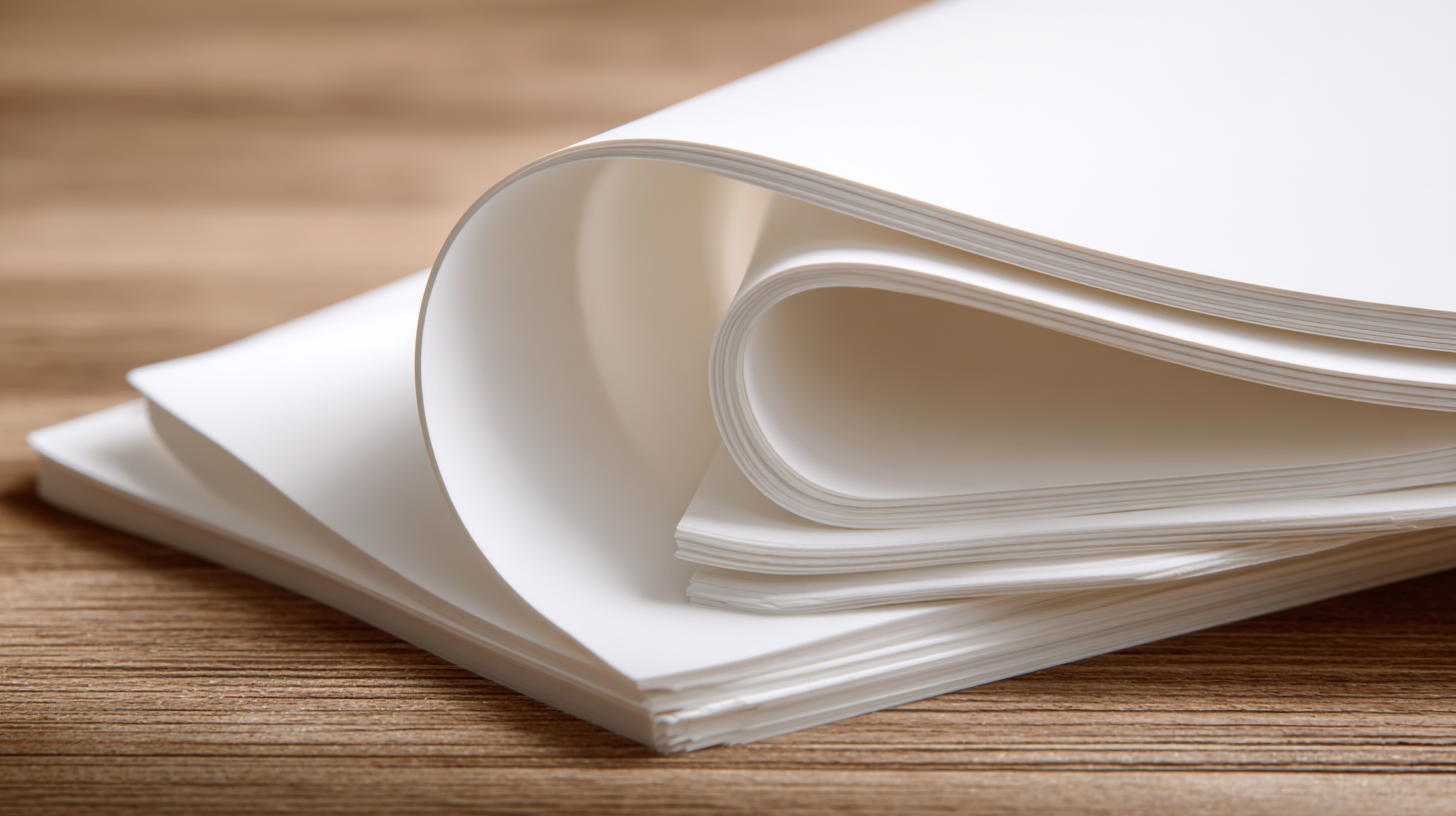In today's fast-paced and hygiene-conscious world, the demand for effective and reliable surface solutions has never been higher. PVC hygienic wall cladding has emerged as a top choice across various industries, including healthcare, food processing, and pharmaceuticals, largely due to its durability, low maintenance, and resistance to moisture and chemicals. According to a recent market report by Research and Markets, the global PVC wall cladding market is expected to grow at a CAGR of over 5% from 2021 to 2026, highlighting the increasing adoption of these materials in sectors prioritizing sanitation. As these industries seek to enhance their hygiene standards, selecting the right PVC hygienic wall cladding becomes essential not just for compliance, but also for ensuring safety and durability. This blog will provide five essential tips to help you make an informed decision when choosing the right PVC hygienic wall cladding for your specific needs.

When it comes to selecting the right PVC hygienic wall cladding for your space, it’s essential to understand the unique benefits it brings to both functionality and aesthetics. PVC hygienic wall cladding is not only durable and water-resistant but also easy to clean, making it ideal for high-traffic areas and environments prone to moisture, such as kitchens and bathrooms. With a strong resistance to mold and bacteria, these panels ensure a healthier space, which is increasingly vital in today’s hygiene-conscious world.
As you explore your options, consider these tips for choosing the right PVC cladding. Firstly, assess the specific needs of your environment; for instance, food preparation areas require higher sanitary standards that PVC walls can provide. Secondly, evaluate the design aspect—trendy PVC wall panels now come in various styles and finishes, allowing you to elevate your interior décor effortlessly. According to recent industry reports, the demand for versatile and stylish PVC wall panels is skyrocketing, driven by their ease of installation and low maintenance. This trend is set to grow in 2024, with more homeowners seeking innovative design solutions without compromising on cleanliness.
Ultimately, investing in PVC hygienic wall cladding not only enhances the visual appeal of your home but also promotes a cleaner, healthier lifestyle, setting a new standard for modern interiors.

When selecting PVC hygienic wall cladding, several key factors should guide your decision-making process. First and foremost, consider the quality of the material. High-quality PVC panels will offer better durability, resistance to moisture, and ease of maintenance. Look for panels that are specifically designed for hygienic environments, as these are formulated to resist mold and bacteria growth, making them ideal for areas like kitchens and hospitals.
Another important aspect is the thickness of the wall panels. Thicker panels tend to be more robust and provide better thermal insulation. Additionally, consider the aesthetic appeal of the cladding. PVC wall panels come in various colors and finishes, allowing you to choose an option that complements your existing interior design. Finally, evaluate the installation process; panels that are easy to install will save you time and labor costs. By paying attention to these factors, you can ensure that you select the right PVC hygienic wall cladding for your needs.
When selecting PVC hygienic wall cladding, evaluating the durability and maintenance needs of the material is crucial to ensure longevity and cost-effectiveness. One essential tip is to assess the thickness of the panels. Thicker panels not only provide better resistance to impacts and chemicals but also contribute to overall durability, making them an ideal choice for high-traffic areas.
Another important factor to consider is the ease of cleaning. Look for cladding materials that are non-porous and have a smooth surface, as these features will significantly reduce the buildup of bacteria and grime. Regular maintenance should be straightforward; select cladding that can be wiped down easily and resists stains. Additionally, pay attention to the manufacturer's recommendations for maintenance routines, as following these guidelines can further enhance the lifespan of your cladding.
Lastly, check for any warranties offered with the products. A solid warranty can serve as an indicator of the manufacturer’s confidence in the durability of their materials, providing you peace of mind regarding your investment. By focusing on these aspects, you can ensure that the PVC hygienic wall cladding you choose will meet both your durability and maintenance needs effectively.
When selecting PVC hygienic wall cladding, the design aesthetics play a crucial role in a space's overall appeal, particularly in environments like bathrooms. Colors and styles can significantly impact the ambiance, transforming an ordinary area into a serene and inviting retreat. For a beach-inspired bathroom, consider using soft blues or sandy neutrals that evoke a coastal vibe. These colors promote relaxation and can be beautifully complemented by white fixtures and natural materials, creating a calming atmosphere that draws inspiration from the seaside.
Additionally, pairing PVC cladding with textures and patterns can enhance visual interest. While striped or patterned designs can be trendy, it's essential to ensure they're timeless enough to maintain relevance as trends shift. For example, combining textured wall cladding in a subtle beach theme with crisp white accents can create a fresh look that remains stylish over time. Designers emphasize the importance of personalizing these choices, as a well-coordinated color scheme can transform the smallest of spaces into inviting havens, making the right PVC cladding a key element in achieving your desired aesthetic.

When selecting wall cladding, cost-effectiveness is a crucial factor. PVC wall cladding stands out against traditional options like tile and drywall, primarily due to its lower maintenance costs and extended lifespan. According to a recent report by the National Institute of Building Sciences, PVC materials can reduce installation time by up to 30%, leading to significant labor savings. Furthermore, PVC's resistance to mold and mildew minimizes upkeep expenditures, making it a smart financial choice over time.
Tip: Always analyze the total cost of ownership rather than just upfront expenses. While alternatives may seem cheaper initially, their long-term maintenance can add up significantly.
In addition to cost considerations, it's essential to evaluate the environmental impact of your choice. PVC manufacturing has improved, with many suppliers now using recycled materials and adopting more sustainable practices. Reports indicate that today's PVC cladding can last well over 30 years, which is significantly longer than wood or traditional plaster alternatives. This longevity contributes to its cost-effectiveness, as it reduces the need for frequent replacements.
Tip: Check certifications and reviews of the products to ensure you are getting high-quality, durable PVC cladding that will stand the test of time.
